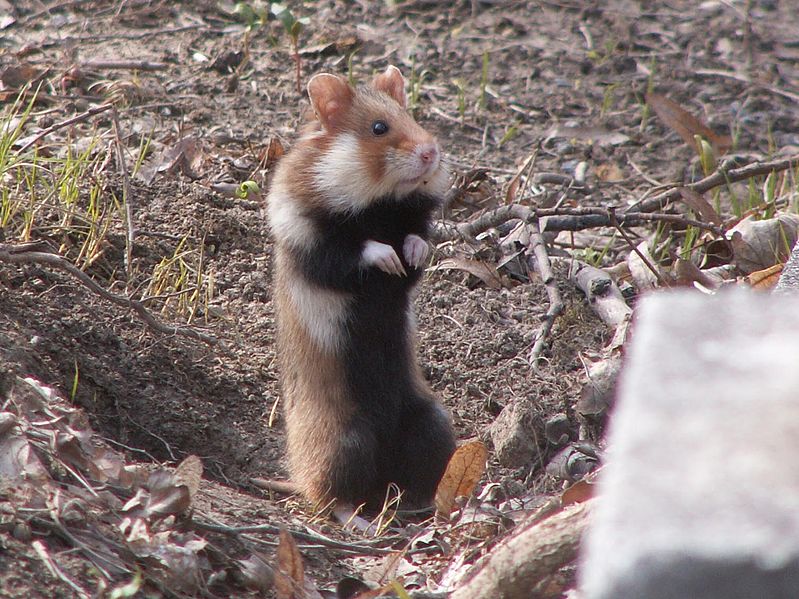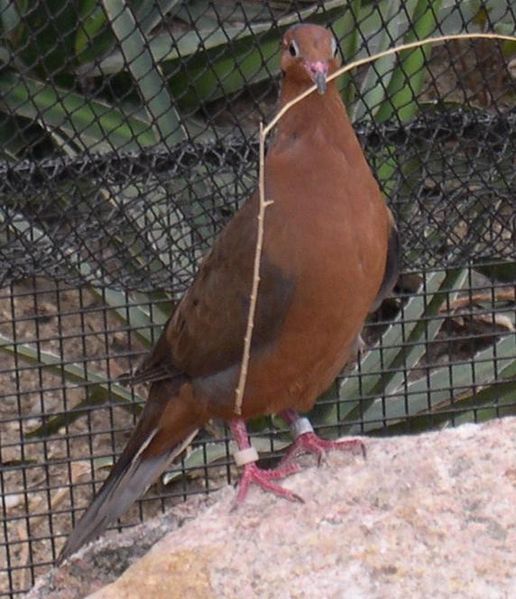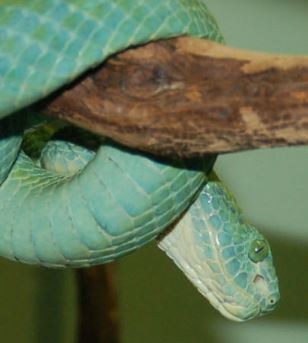
Common hamster. Photo by Katanski, taken from Wikipedia.
Common hamster (Cricetus cricetus).
Status – Least Concern.
It might seem strange to be writing a threatened species blog piece about an animal with the word “common” in its name and, yet, the common hamster is far from being as common as it once was. Indeed, the IUCN still categorizes the species as Least Concern, even though dramatic population reductions and localized extinctions have been recorded in practically all of the countries where it occurs. Admittedly, it does have a very broad distribution – ranging from mid-Russia in the east to just beyond the Rhine in France in the west, so that collectively, at first glance, the number of individuals would not appear to call for conservation interventions. However, the populations that make up this distribution are hardly contiguous, instead being fragmented by agriculture, urban sprawl and road developments. In spite its rather cute, pet-like appearance, common hamsters were once considered agricultural pests and government-funded extermination campaigns were commonplace in Central and Eastern Europe. Many populations withstood decades of these campaigns but now, though extermination is largely outlawed, the species is in a more precarious position than ever in much of its former territory. For example, in France, a tiny remnant population lives amongst the maize monoculture of the plains surrounding the city of Strasbourg. Government inaction, local apathy and antipathy, and the species’ own biology have conspired to drive the common hamster close to extinction in France [for more on this, see my in-depth article here]. While farmers are not the only group that need to participate more in conserving this species, the greatest challenge appears to be persuading them that common hamsters warrant saving. This necessitates encouraging farmers to adopt hamster-friendly practices and, of course, providing the incentives (usually financial) to galvanize the necessary support for conservation actions. Thus, the common hamster is a test case for how we deal with human-wildlife conflict in zones of intensive agriculture. Can we apportion some of this valuable space to it and those other species tied to our farmland, but that have not managed to adapt quickly enough to intensive farming practices? Perhaps we should drop the “common” part of its appellation and adopt something else that might better reflect the actual status of the species? How about “Dwindling hamster”???









